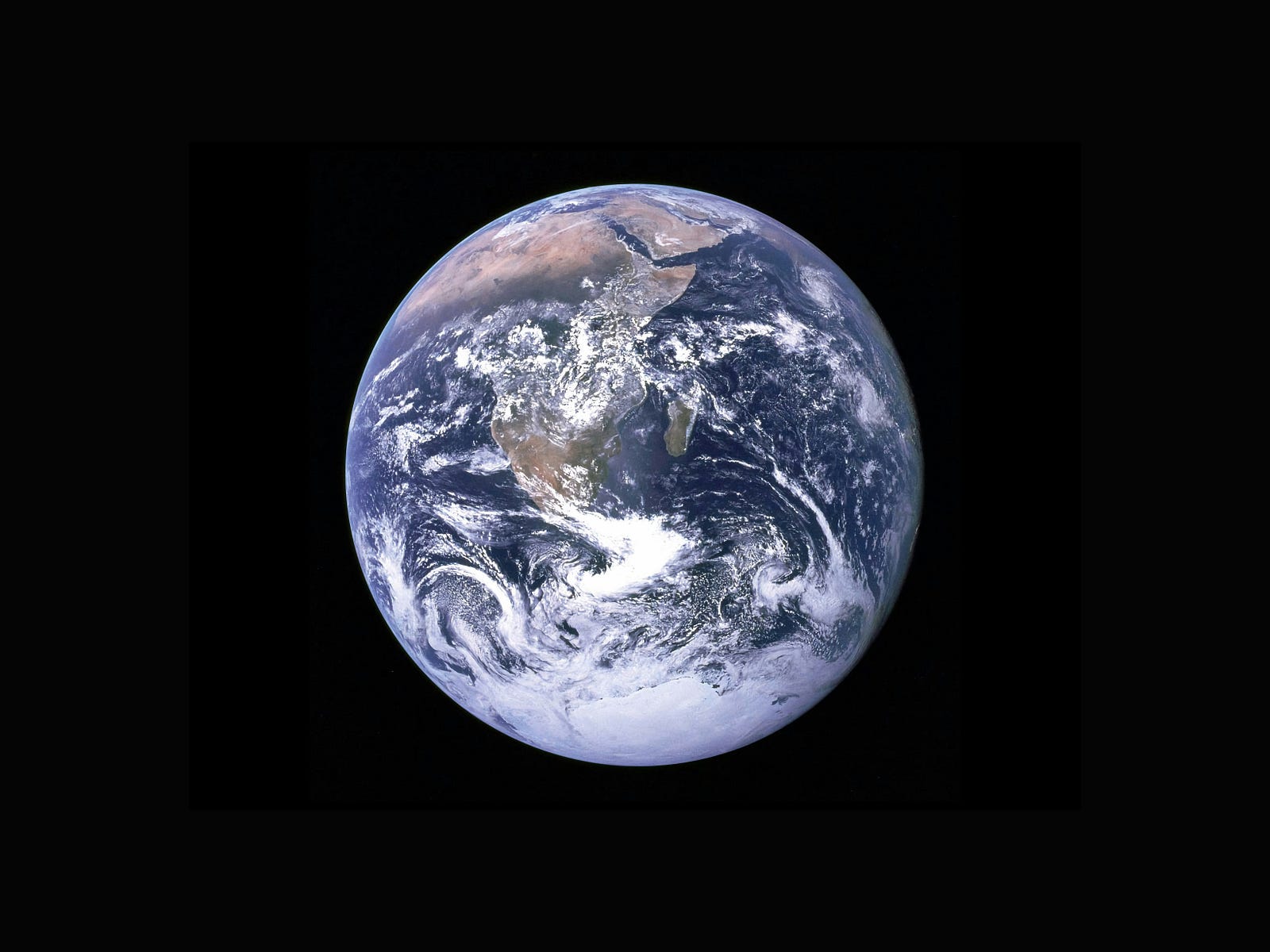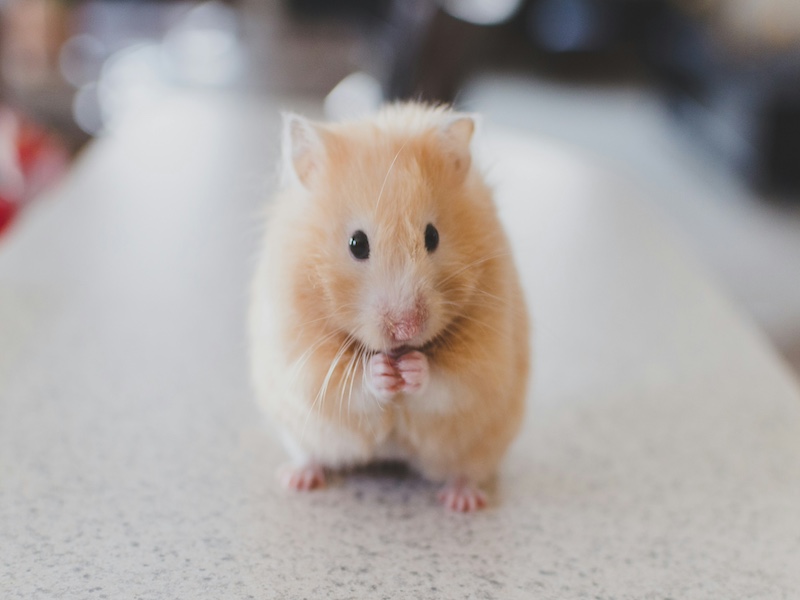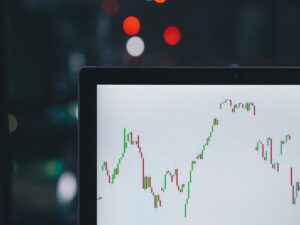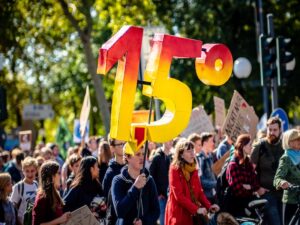A mouse utopia turned into a dystopian hell. Could humanity be hurtling towards a similar scenario?
In a laboratory in the 1970s, eight mice were placed into a mouse utopia. Given everything they could ever need, they lived in paradise. By the end, though, they were violent, detached, and their society collapsed into extinction.
The eccentric scientist, John Calhoun, revealed the dangers of a perfect society when he created his mouse utopia to study the effects of overpopulation and crowding.
He called it ‘Universe 25’. When those eight mice first entered Universe 25, they entered a land of abundance: unlimited food, unlimited water, and at the time, unlimited space (Calhoun built Universe 25 with enough space for 4,000 mice). Naturally, the mice had no prey, either.
Perfect conditions for the mice to thrive — and thrive they did. Doubling every 55 days, by month nineteen, the mouse population exploded from eight to 2,200. But as the population grew, the mice started behaving weirdly.
Mouse utopia-turned-dystopia

Overcrowding disrupted their social structures and led to behavioural problems. Calhoun coined the term a “behavioural sink”, where overcrowding led to a lack of sexual drive in males, absence of maternal care in females, increased violence and the breakdown of normal social structures.
By month 21, newborn pups were neglected or even attacked, and rarely survived more than a few days.
The lack of sex lowered the birth rate, and the inability to raise pups properly sharply increased infant mortality; as a result, the population of Universe 25 began to plummet.
The experiment ended with the population of mice dwindling to zero, demonstrating the potential destructive effects of overcrowding on social structures and animal behaviour.
The mouse utopia turned into a dystopian hell.
If mice, with everything provided for them, could collapse under the weight of abundance, what does that mean for us?
In pursuit of utopia

It’s hard for us to comprehend, but modern society is wildly different from anything that has come before. Life for our ancestors revolved around a single goal— getting enough food to eat.
That goal was difficult to meet because humans were the main input in food production. We tilled the soil, planted the seeds, and harvested the crop, with the help of farm animals, of course, but it was an inefficient, human-intensive process.
Pre-industrial economies were dominated by agriculture because they had to be — survival depended on it. That’s why, before the nineteenth century, between 80 and 90 per cent of the world’s population worked in agriculture.
The Industrial Revolution changed everything.
As technology improved, machines replaced humans in the production of food. Fewer people working in agriculture led to more people being able to work in manufacturing. This process has accelerated over time, explaining why, today, only 4.2% of workers in the EU, 1.2% in the US and 1.4% of people in the UK work in agriculture.
A capitalist utopia

Since the end of the Second World War, improved machinery, irrigation, fertilisers, and seeds have massively increased farm yields.
Between 1961 to 2019, production of four of the major grains has increased by an average of 460%. Maize output increased from just over 205 million tonnes in 1961 to over 1.1 billion tonnes in 2019.
Technological advances have turned food from a daily struggle into a cheap commodity. While 19th-century families spent up to 75% of their income on food, today it’s just over 11% in the US and UK.
It all sounds a little boring when you contrast it with the seemingly rock-n-roll pursuit of a perfect world. But as Abraham Maslow put it in Motivation and Personality, for a starving person, “utopia can be defined simply as a place where there is plenty of food.”
Food abundance is critical to the success of human society, but that’s where the resemblance between the mouse utopia ends. Human societies are culturally, politically, and technologically complex. Humans need far more than food to live lives of prosperity.
But abundance means that, rather than society being arranged around getting enough food to eat, we can direct our efforts to other ventures.
And we choose consumption.
Because here’s the thing, technology hasn’t just produced food abundance. It has produced an avalanche of consumable goods. Consumption is vital in modern society because it’s no good being able to produce loads of stuff if no one can afford, or feels the need to buy it.
That’s why economic growth became the central goal of capitalism. Growth leads to rising incomes, higher consumption, and — supposedly — happier lives. The logic is simple:
- The more you earn, the more you consume.
- The more you consume, the happier you become (or so the story goes).
It’s why being the richest has become the ultimate mark of success: the richest have the most disposable income, can consume the most, and therefore MUST be the happiest.
Capitalism has become the dominant global economic system because it is the best economic system at stimulating economic growth and raising living standards, even if it’s terrible at distributing wealth equitably.
The problem?
In Universe 25, abundance led to an explosion in the mouse population, leading to overcrowding. The human population has also exploded, from two billion people in 1920 to eight billion in 2022 — a 400% increase in 100 years.
But a growing population is NOT a problem in and of itself. We produce enough food to feed ten billion people, for example. The issue comes down to the high living standards enjoyed by the West, and pursued by everyone else.
The higher the living standard, the greater the energy and resource use needed to sustain it. Higher incomes mean a larger ‘ecological footprint’. An ecological footprint is a measure of how many resources are required from the environment to support a specific way of life.
When combined, the collective ecological footprint of humanity is bigger than what the Earth can provide. This is known as ‘ecological overshoot’, a state we have been in since the early 1970s.
Earth Overshoot Day marks the date when “humanity’s demand for ecological resources and services in a given year exceeds what Earth can regenerate in that year.” In 2024, Earth Overshoot Day landed on 1 August.
But ecological footprints differ widely from country to country. As the visual shows, if we all lived like Indonesians, we’d overshoot by November 24, meaning we’d still be overshooting, but would be much closer to living within Earth’s regenerative capacity.
If we lived like Germans, we’d overshoot by May 2, like Australians, April 5, like Americans, March 14.
This is the critical point: high and rising living standards drive ecological overshoot.

To make our consumption levels sustainable, we would need 1.75 Earths. And remember: billions of people still live outside of consumer society.
The result? Inputs like energy and resources are growing scarcer, while waste outputs like carbon emissions are heating the planet.
If current living standards are unsustainable, then no one else can join the party without making a terrible situation even worse. That’s the moral paradox at the heart of sustainability — more people joining the global middle class is a triumph for equity, but a disaster for the planet.
Social development, as we conceive of it, is incompatible with creating a sustainable society because development is the very thing that leads to unsustainable outcomes.
The high and rising average living standards that many now view as a basic expectation would be the envy of previous generations. But, these lifestyles come with disastrous costs — consumer society can’t sustain itself within environmental limits.
Human utopia-turned-dystopia

In Universe 25, the limiting factor was the parameters of the experiment set up by Calhoun. On Earth, the limiting factor is energy and resource constraints. Earth can only provide for us within the limits set by those parameters.
Too many people are living the good life. And everyone else wants to join the party. But Earth can’t support it.
That’s WHY the global economy is unsustainable.
This isn’t about ‘solving’ the climate crisis by decreasing emissions. It’s about rethinking development, redefining social success, and transforming how we live our lives.
The issue is that the current development path is the very thing that’s critical to maintaining economic growth. And so we must continue producing more, buying more, consuming more, all to feed a never-ending growth frenzy.
Unlike the mice, we have the foresight to know our behaviour is driving us towards collapse. And collapse could be prevented if we abandoned growth and redesigned society around a post-growth economy — one focused on providing human needs within planetary limits.
But just like the mice, the majority remain either blissfully ignorant or refuse to accept that growth is the cause of environmental problems. They remain convinced that growth is, in fact, the solution to them!
This is understandable, though, because abandoning growth would involve abandoning capitalism altogether, because growth is the foundation of capitalism. Without it, capitalism collapses. It’s as simple as that.
Right now, it’s politically, culturally and economically unfeasible for us to simply ‘give up growth’. And the thing about social systems is that they are remarkably resilient, even when they’re eating themselves alive.
Our month 21, if you will, will be when growth can’t be maintained. And, eventually, overshoot will pull the brakes on growth; it’s a matter of when, not if. When it does, the shit will hit the proverbial fan. That’s when you will see a breakdown in the social structure.
The exact pathway to collapse will be messy — shaped by regional conflict, political denial, technological failures, and economic instability — but the destination remains the same: a world unable to sustain the structures it built on the promise of perpetual growth.
The fact that global warming is ramping up is a sign we’re edging ever closer to month 21. The thing about economic collapse, though, is that it’s not fire and brimstone. It will not be the end of the human story, only the end of the capitalist version.
As counterintuitive as it seems, collapse is now required to create the conditions where a redesign of society around a post-growth economy becomes possible. Such a redesign requires a radical reevaluation of what social success looks like. It must reject consumerism. Reject material wealth as a measure of worth. Reject the worship of money.
We must transform our relationship with nature, from owners and exploiters who pillage and ransack the Earth, to guardians and stewards who create symbiotic relationships with the natural world.
What rises from the ruins of capitalism will depend on the values we choose to carry forward. A post-collapse society could prioritise resilience over growth, sufficiency over excess, community over competition. It could be a world where survival depends not on domination, but cooperation — a world that finally respects the ecological boundaries we have ignored.




Many non-Western societies, such as China, originally actually DIDN’T want the modern industrial way of life. Adopting it would mean a near-complete overhaul of their traditional ways of life and thinking, and nobody likes that — just as nobody today would like to leave the current way of life behind either, even though it’s proven to be a failure. Why, then, did the said non-Western societies eventually adopt the modern industrial way of life?
Because if they didn’t, it would then have been easy for those who did to trample on them. That’s why.
What a fine job the Western world has done in converting the rest of the world to what has turned out a sorry mess.